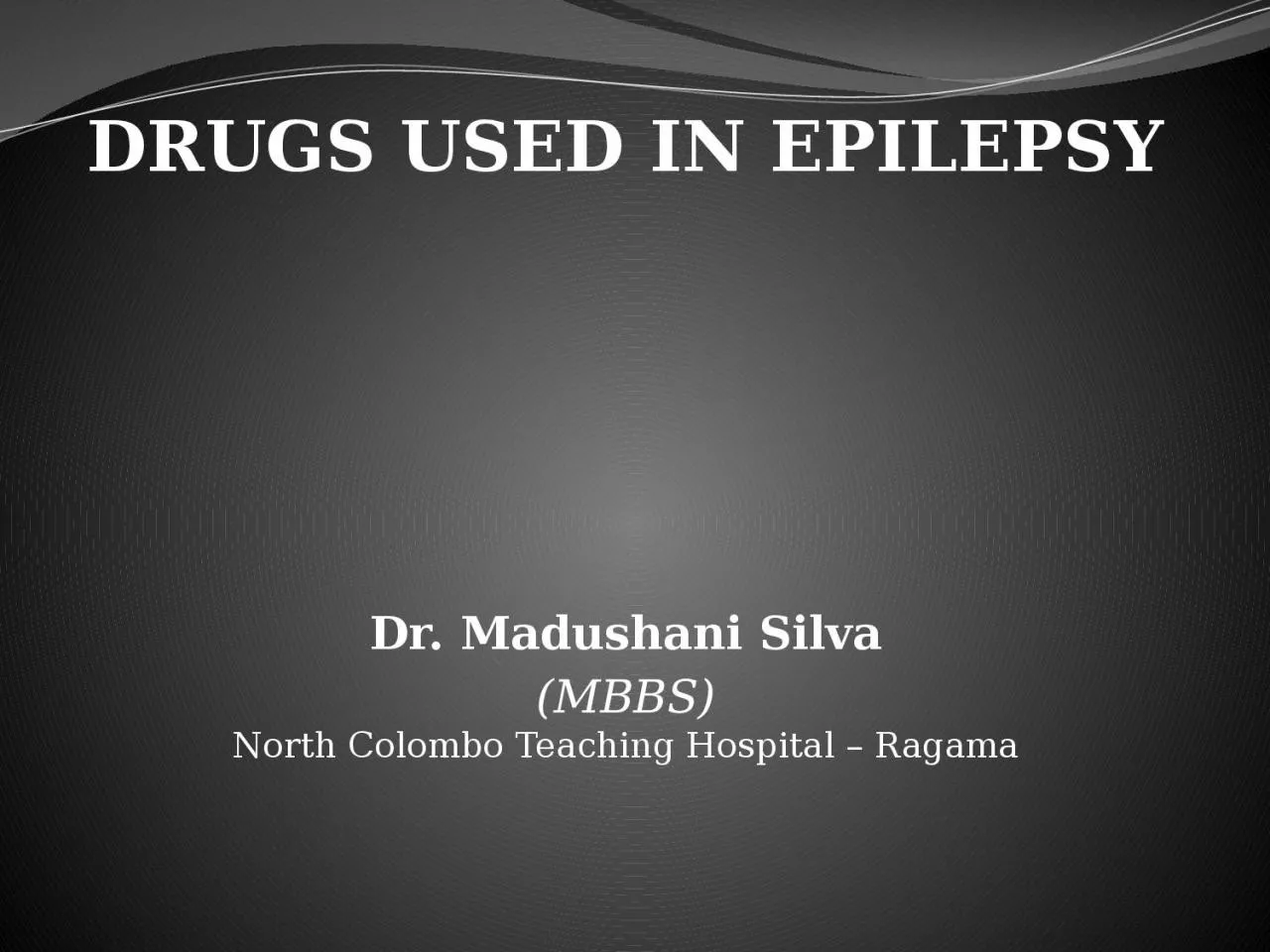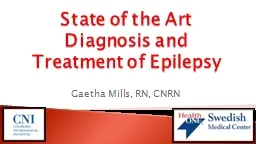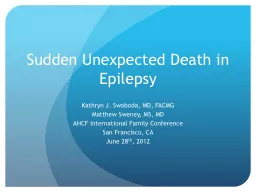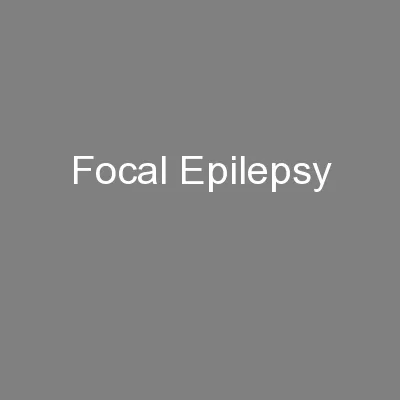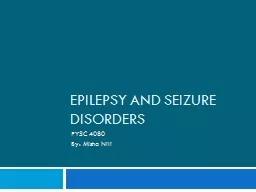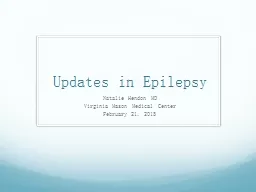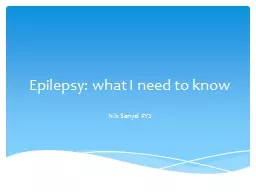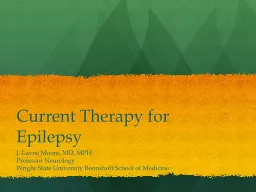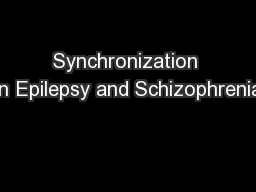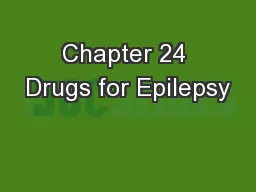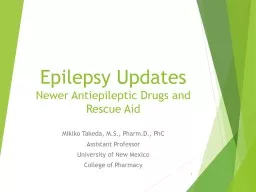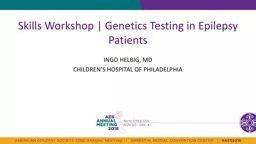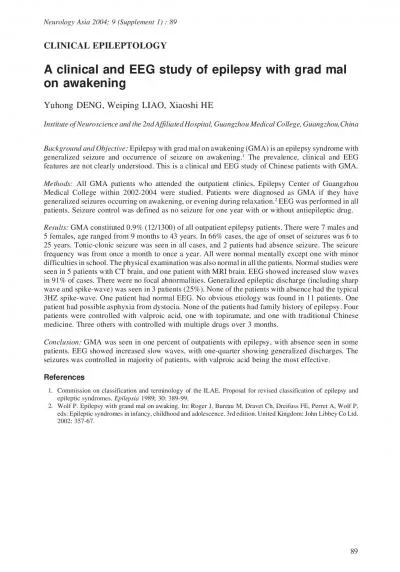PPT-DRUGS USED IN EPILEPSY Dr.
Author : morton | Published Date : 2024-03-13
Madushani Silva MBBS North Colombo Teaching Hospital Ragama Seizure is a convulsion or transient abnormal event resulting from a paroxysmal discharge of cerebral
Presentation Embed Code
Download Presentation
Download Presentation The PPT/PDF document "DRUGS USED IN EPILEPSY Dr." is the property of its rightful owner. Permission is granted to download and print the materials on this website for personal, non-commercial use only, and to display it on your personal computer provided you do not modify the materials and that you retain all copyright notices contained in the materials. By downloading content from our website, you accept the terms of this agreement.
DRUGS USED IN EPILEPSY Dr.: Transcript
Download Rules Of Document
"DRUGS USED IN EPILEPSY Dr."The content belongs to its owner. You may download and print it for personal use, without modification, and keep all copyright notices. By downloading, you agree to these terms.
Related Documents

